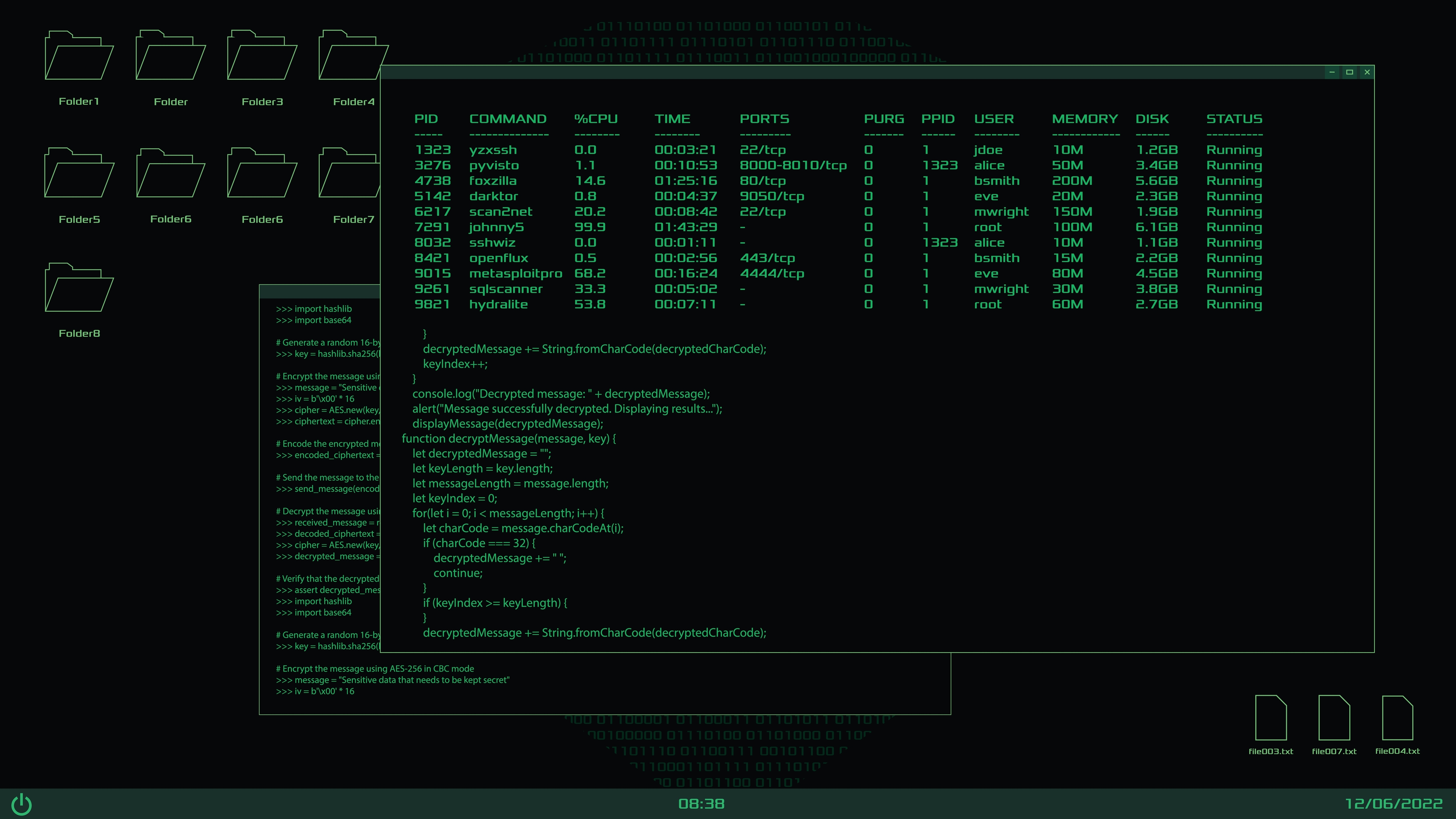Organizations face an increasing number of potential crises, from natural disasters to cybersecurity threats. According to a 2023 PwC survey, 95% of business leaders expect a crisis to hit their organization within the next two years. Despite this awareness, only 39% of companies report having a structured crisis management training program in place. Preparing employees through targeted training programs makes the difference between successfully managing a crisis and letting it spiral out of control. This guide outlines proven strategies for developing effective crisis management training that equips your workforce with the skills and confidence needed to handle emergency situations.
PR Overview
Understanding the Foundations of Crisis Management Training
Crisis management training requires a structured approach built on clear objectives and organizational needs. The National Institute for Occupational Safety and Health (NIOSH) reports that organizations with comprehensive crisis training programs experience 50% fewer incidents and recover 60% faster when crises occur.
A successful training program starts with identifying potential risks specific to your organization. This includes conducting thorough risk assessments across departments and operations. According to the Business Continuity Institute’s 2023 Horizon Scan Report, the top threats organizations face include cyber attacks (85%), IT outages (81%), and extreme weather events (55%).
Training programs must address both prevention and response. Prevention focuses on identifying warning signs and taking proactive measures to avoid crises. Response training teaches employees how to act when a crisis occurs, minimizing damage and maintaining business continuity.
Essential Components of an Effective Training Program
Risk Assessment and Scenario Planning
Start by mapping potential crisis scenarios relevant to your organization. The Department of Homeland Security recommends categorizing risks into natural, technological, and human-caused events. Work with department heads to identify vulnerabilities specific to each area of operations.
Document these scenarios in detail, including potential triggers, impact levels, and required responses. According to FEMA’s Business Preparedness Planning guide, effective scenario planning should cover immediate response needs, communication protocols, and recovery procedures.
Communication Protocols
Clear communication channels and protocols form the backbone of crisis response. Research from Deloitte shows that 73% of organizations that successfully managed crises had established communication procedures in place before the incident.
Train employees on:
- Internal communication chains
- External stakeholder communication
- Media response protocols
- Social media management during crises
- Documentation requirements
Role-Based Training Modules
Different employees need different levels and types of training based on their responsibilities. A study by the Society for Human Resource Management found that role-specific training improved crisis response effectiveness by 65%.
Create targeted modules for:
- Front-line employees
- Department managers
- Executive leadership
- Crisis response team members
- Communications staff
Implementing Training Methods
Tabletop Exercises
Tabletop exercises simulate crisis scenarios in a controlled environment. The Federal Emergency Management Agency (FEMA) reports that organizations using regular tabletop exercises show 40% better crisis response times.
These exercises should:
- Present realistic scenarios
- Include multiple departments
- Test communication protocols
- Challenge decision-making processes
- Provide immediate feedback
Live Simulations
Live simulations take training beyond discussion into practical application. According to the International Journal of Disaster Risk Reduction, organizations that conduct regular live simulations report 70% higher employee confidence in crisis situations.
Design simulations that:
- Mirror real-world conditions
- Involve physical responses
- Test equipment and resources
- Practice evacuation procedures
- Evaluate team coordination
Digital Learning Platforms
Modern training programs increasingly incorporate digital learning tools. Research from Brandon Hall Group shows that organizations using digital learning platforms achieve 40% higher training completion rates.
Effective digital training includes:
- Interactive modules
- Video demonstrations
- Virtual reality simulations
- Knowledge assessments
- Progress tracking
Measuring Training Effectiveness
Performance Metrics
Establish clear metrics to evaluate training success. The Association for Talent Development recommends tracking:
- Training completion rates
- Assessment scores
- Response time improvements
- Incident reduction rates
- Employee confidence levels
Regular Assessments
Conduct periodic assessments to measure knowledge retention and identify areas for improvement. Studies show that organizations performing quarterly assessments maintain 60% higher crisis readiness levels.
Feedback Loops
Create systems for continuous improvement through:
- Post-training surveys
- Participant interviews
- Exercise debriefings
- Incident analysis
- Program adjustments
Maintaining Program Momentum
Regular Updates
Keep training materials current with emerging threats and best practices. The ISO 22301 standard for business continuity recommends reviewing and updating training programs at least annually.
Refresher Sessions
Schedule regular refresher training to maintain readiness. Research indicates that skills begin to deteriorate after 6 months without practice, making consistent reinforcement essential.
Technology Integration
Incorporate new technologies as they become available. A 2023 Gartner report shows that organizations using advanced training technologies achieve 45% better learning outcomes.
Building a Crisis-Ready Culture
Leadership Commitment
Senior management must visibly support and participate in training programs. According to McKinsey, organizations with strong leadership involvement in crisis preparation are 2.5 times more likely to respond effectively to emergencies.
Employee Engagement
Foster a culture where crisis preparedness becomes part of daily operations. Organizations with high employee engagement in crisis training report 55% fewer incidents and faster recovery times.
Cross-Departmental Collaboration
Encourage departments to work together during training exercises. Studies show that organizations with strong cross-functional collaboration handle crises 40% more effectively.
Conclusion
Creating an effective crisis management training program requires careful planning, consistent execution, and ongoing commitment. The statistics clearly show that organizations investing in comprehensive training programs fare significantly better when crises occur. Start by assessing your organization’s specific risks and building a structured training program that addresses them. Focus on regular practice through various training methods, measure effectiveness, and maintain program momentum through updates and refresher sessions.
To begin implementing these strategies:
- Conduct a thorough risk assessment
- Develop role-specific training modules
- Implement regular training exercises
- Establish clear metrics for success
- Create feedback systems for continuous improvement
Remember that crisis management training is not a one-time event but an ongoing process that requires regular attention and updates. By following these guidelines and maintaining focus on preparation, your organization can build a resilient workforce ready to handle any crisis effectively.
The Intersection of Corporate Communications and Cybersecurity Messaging
When a cybersecurity incident strikes, the technical breach is only half the battle. The other...
How Security Leaders Position Credibility in Crypto Markets
When a security incident hits, the clock starts ticking in minutes, not hours. Your investors...
Predictive Crisis Communications Using AI and Real-Time Data
Crisis communications has entered a new era where waiting for a threat to materialize means you've...




